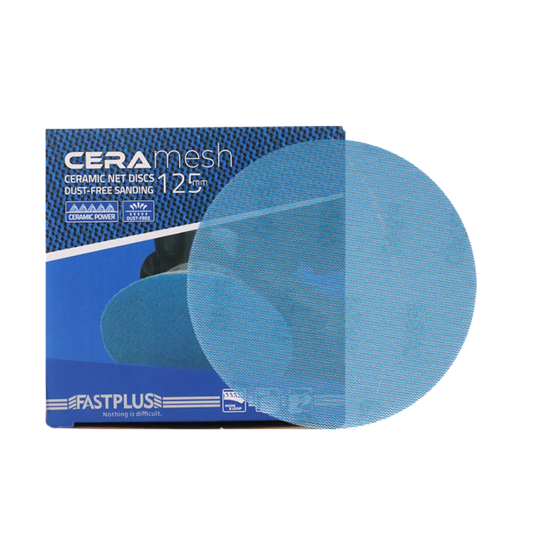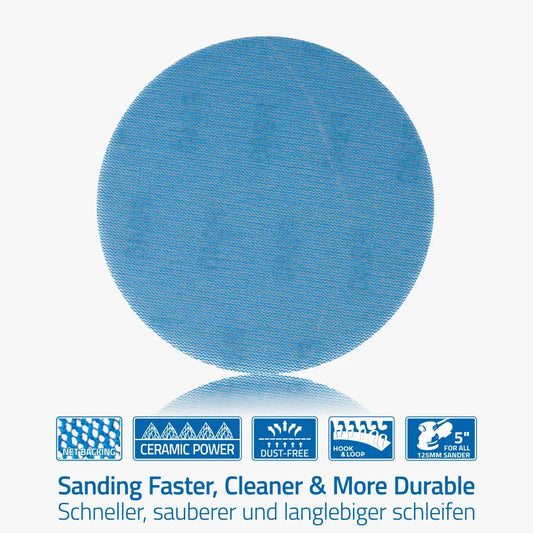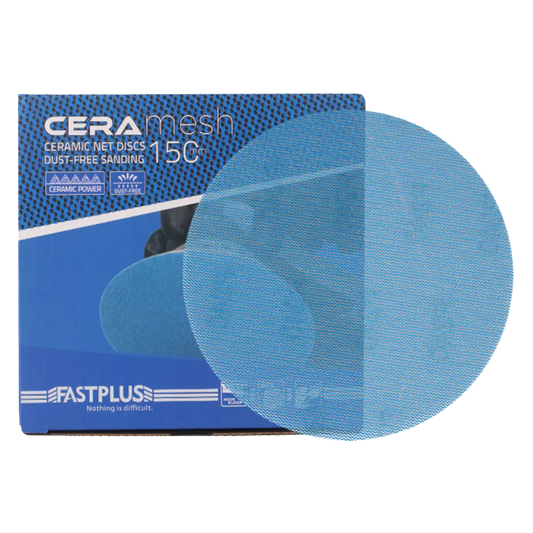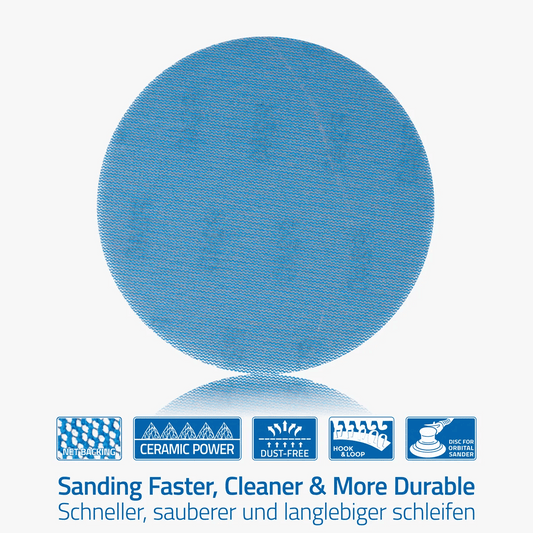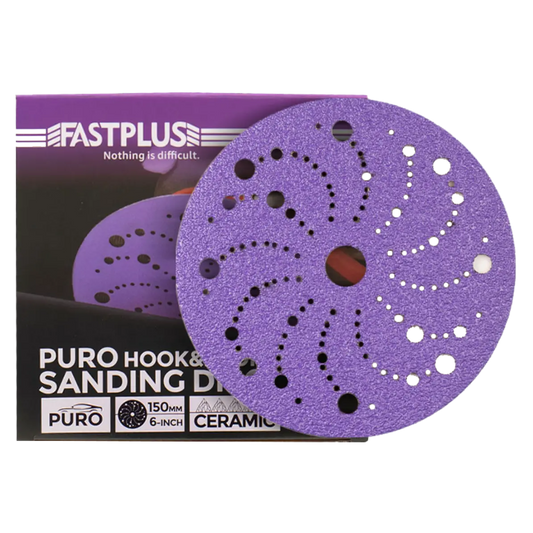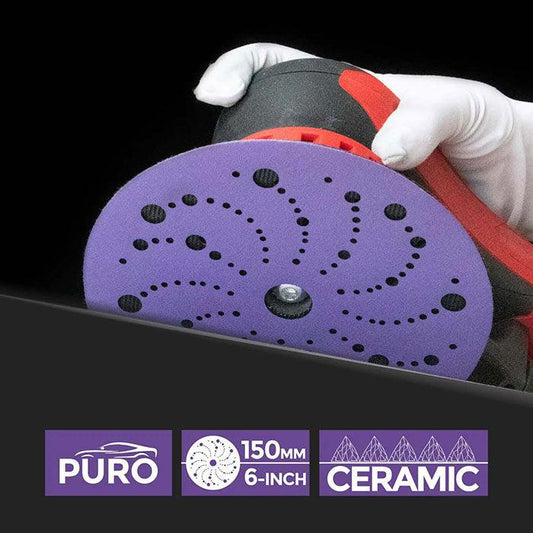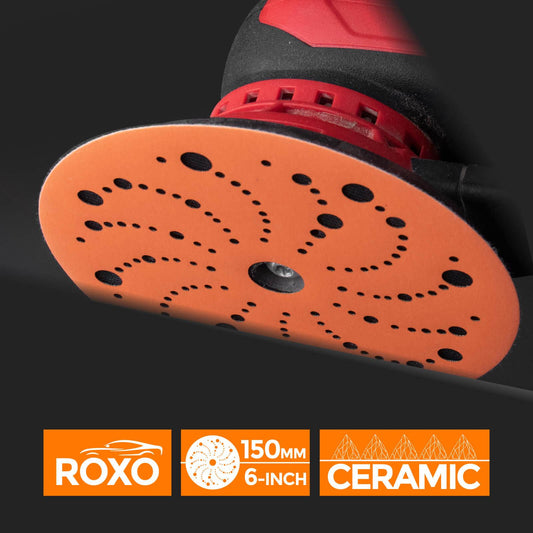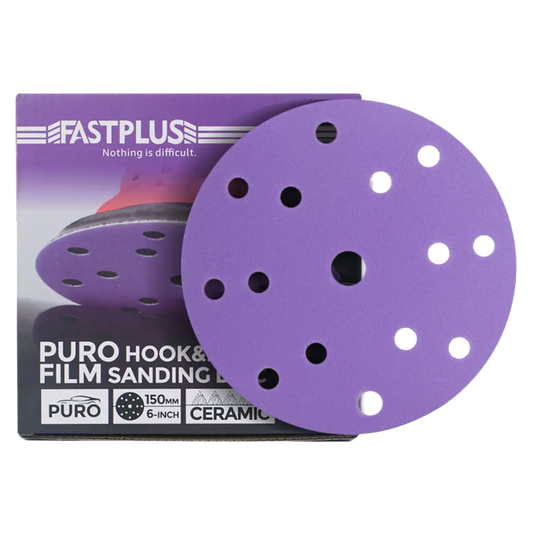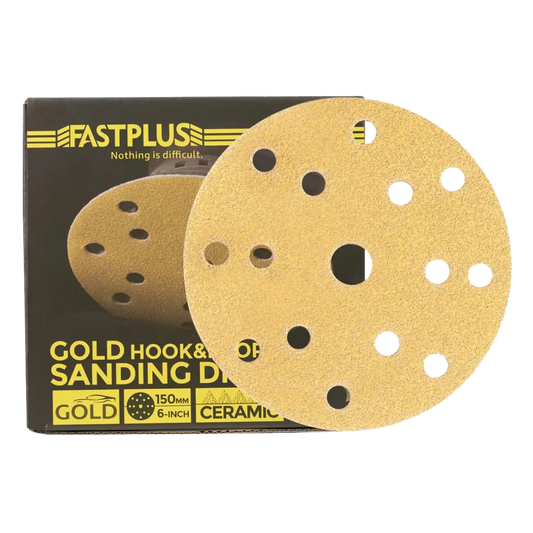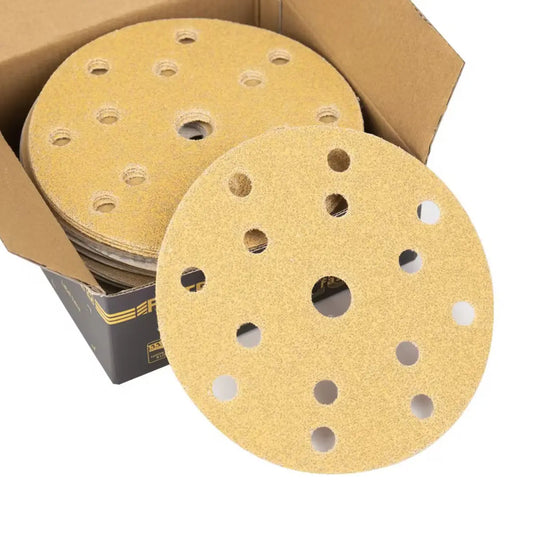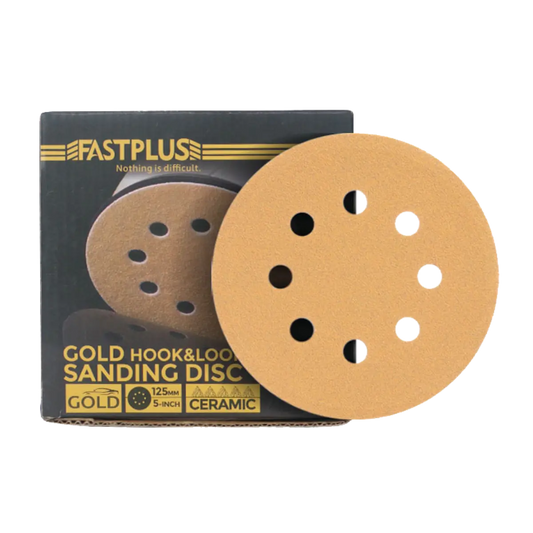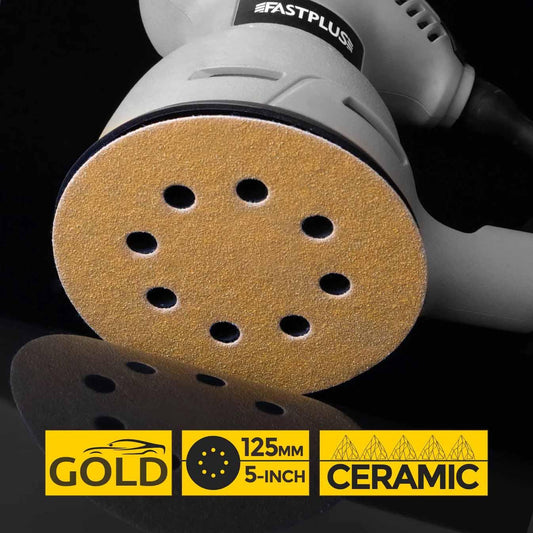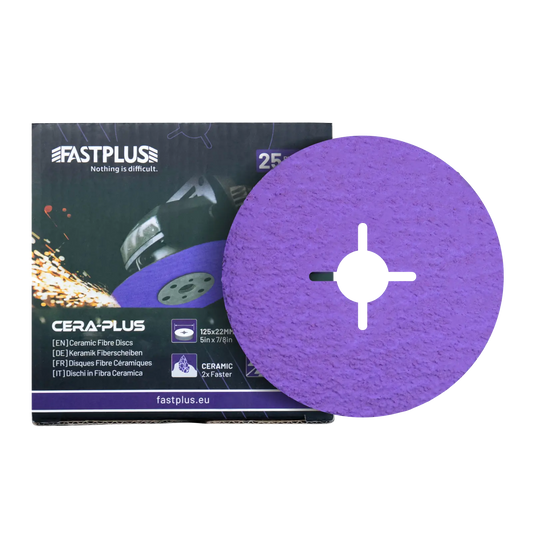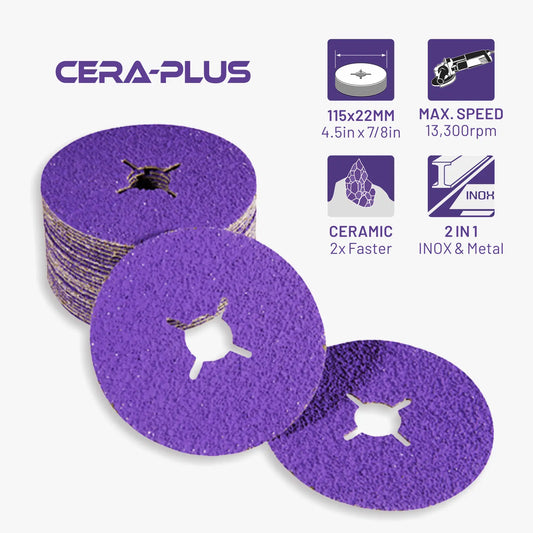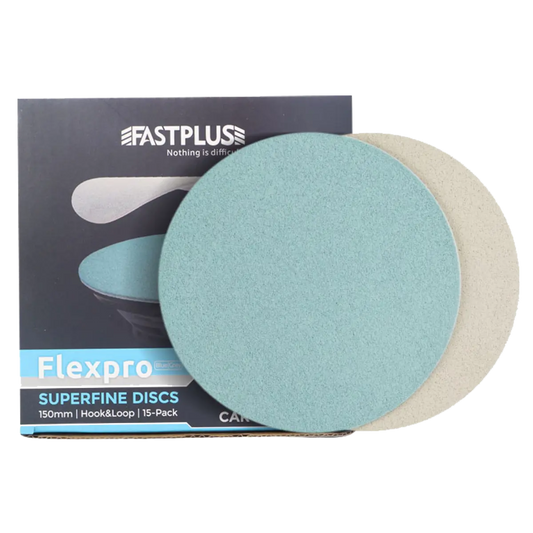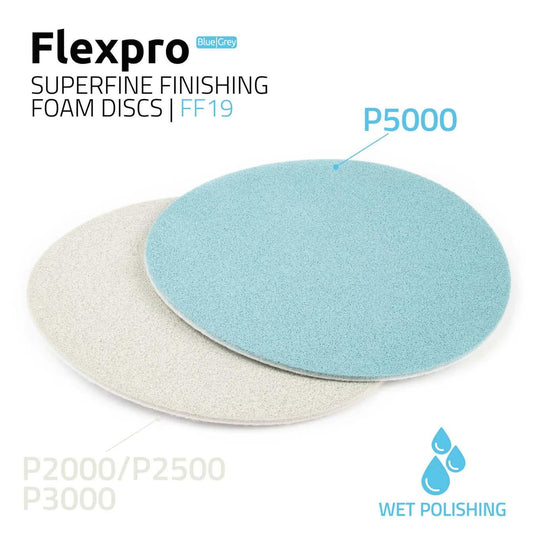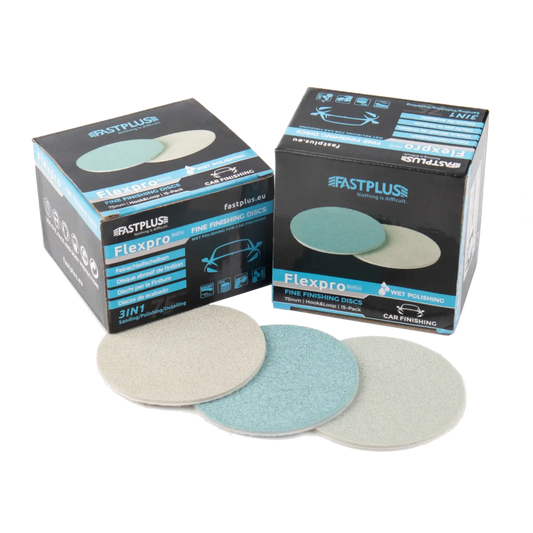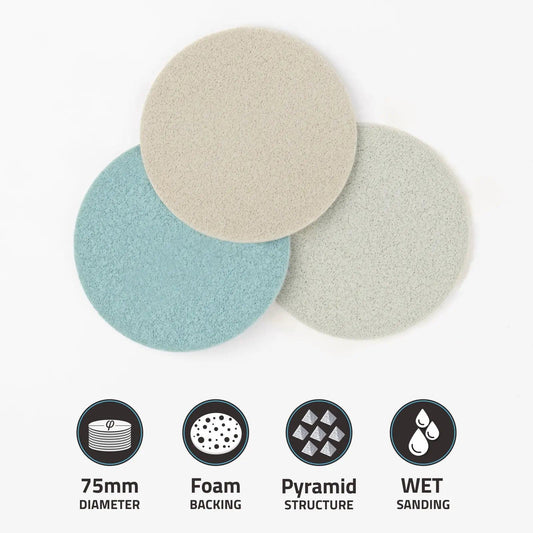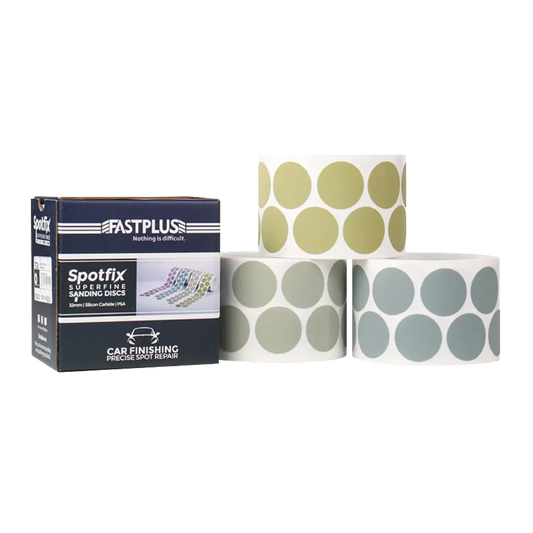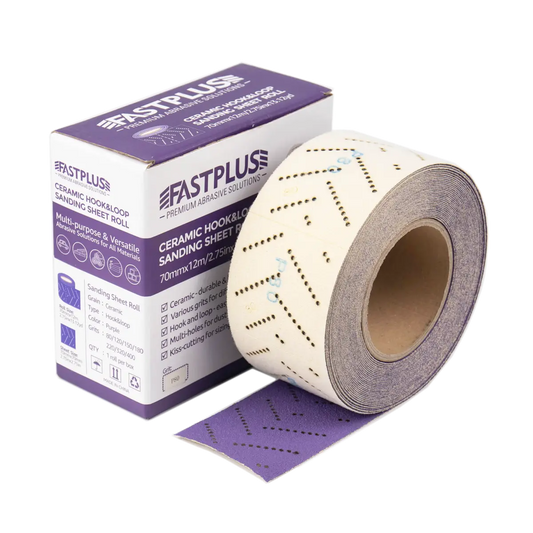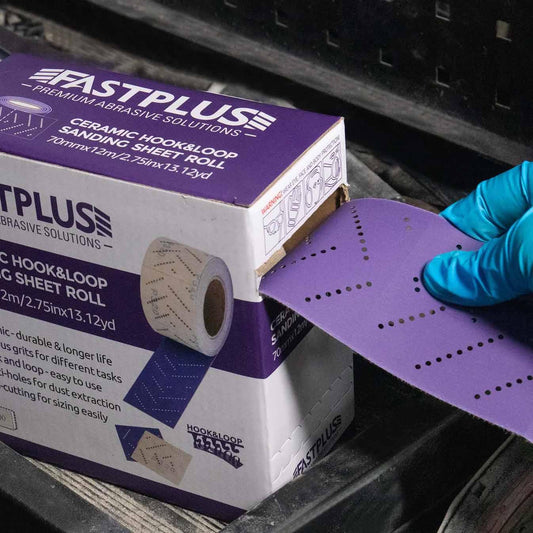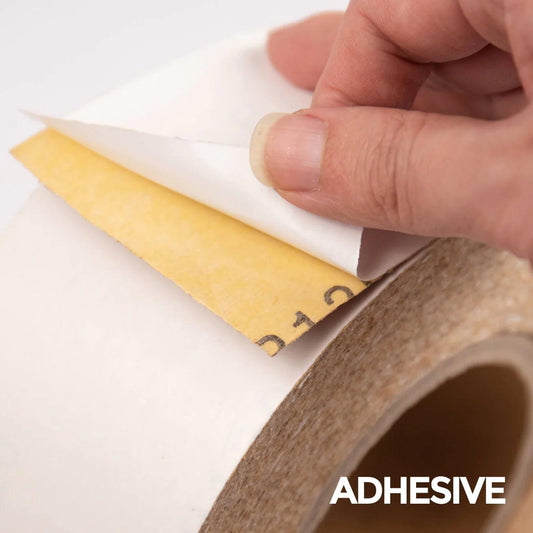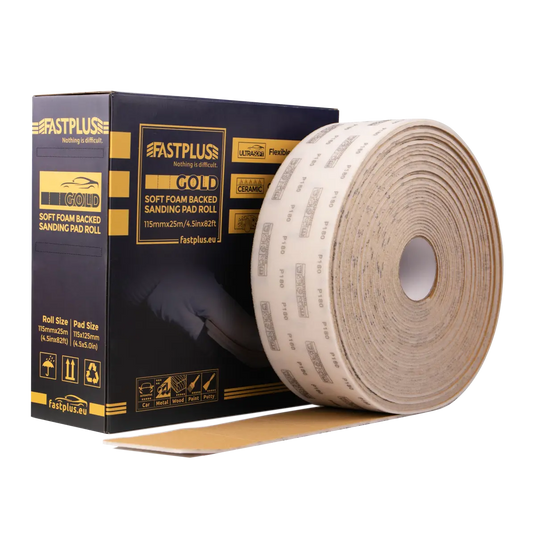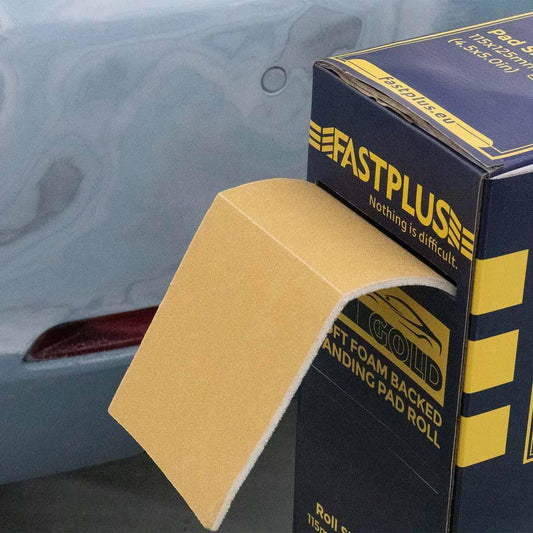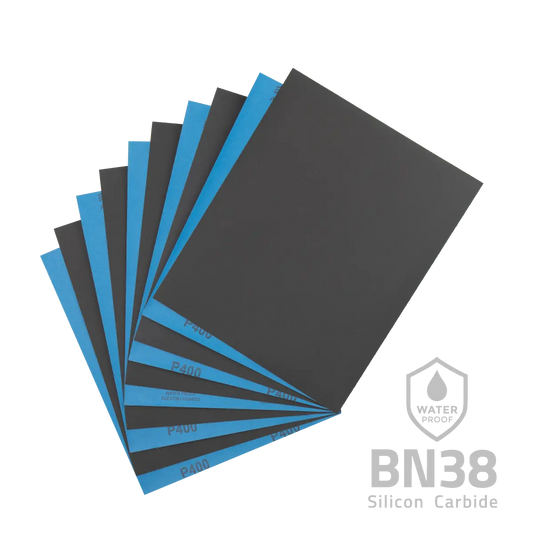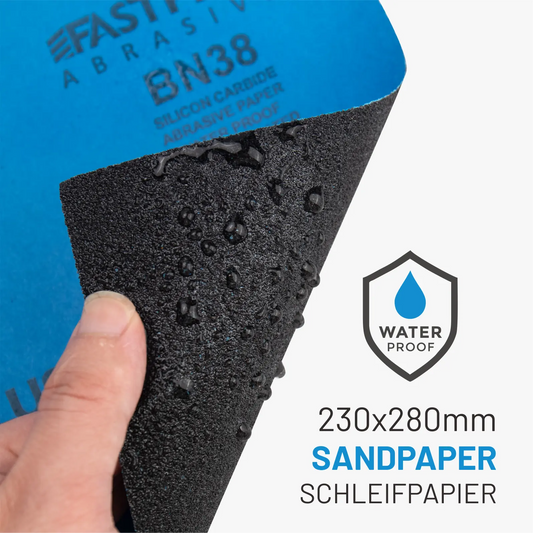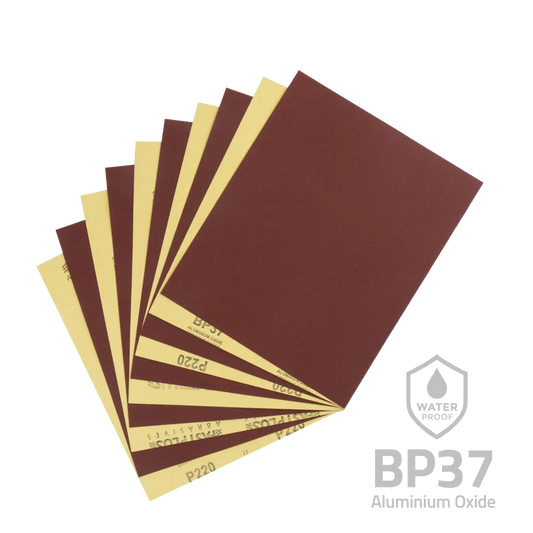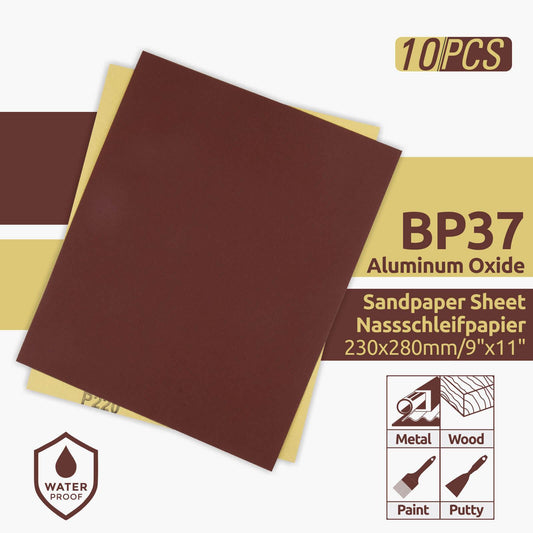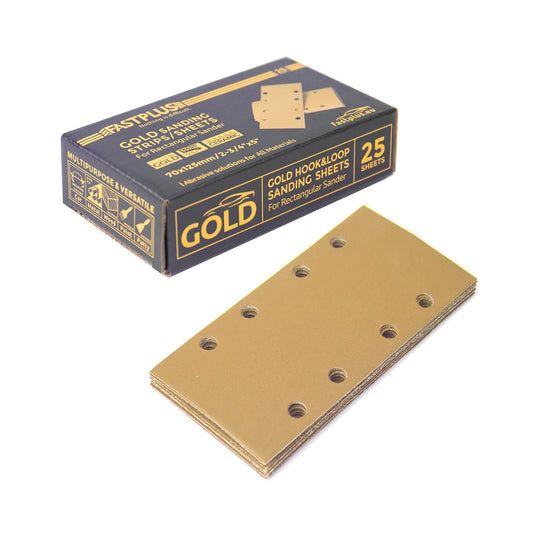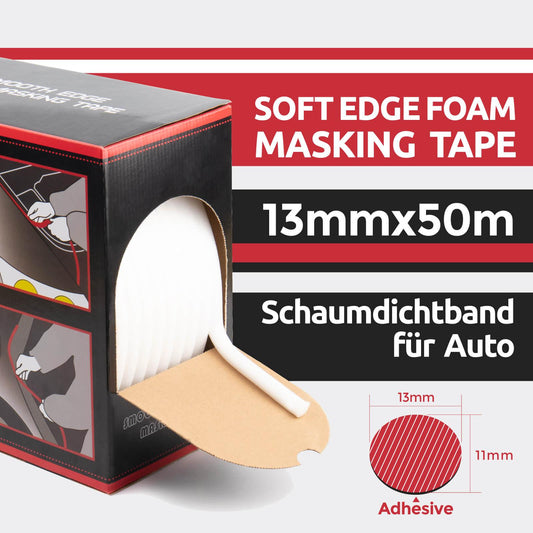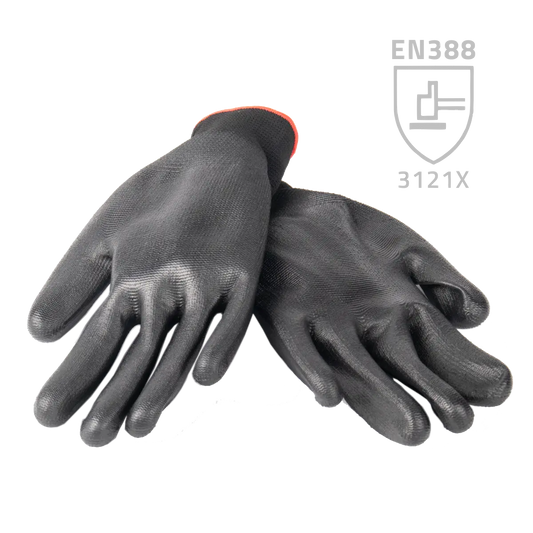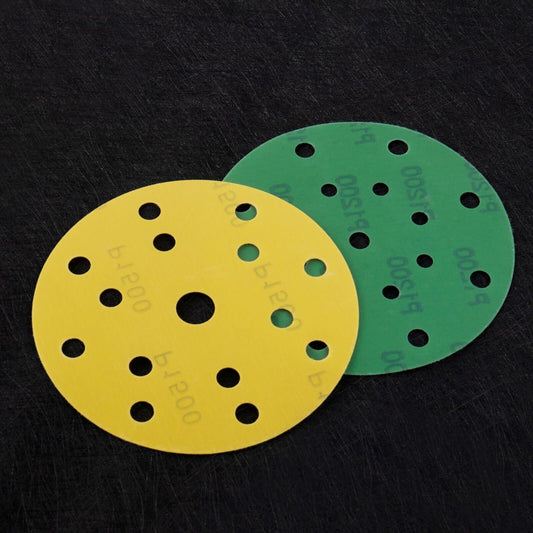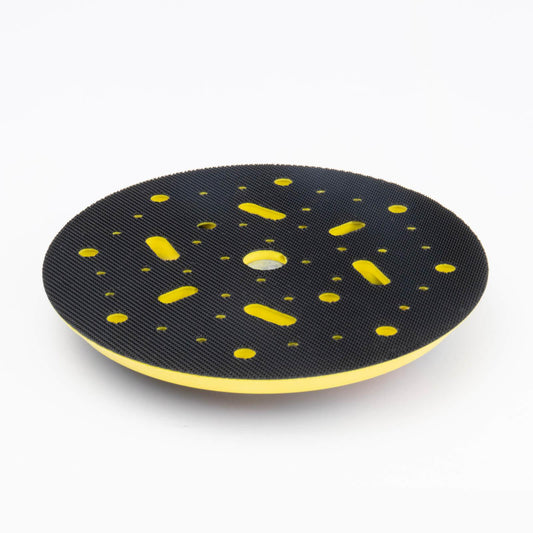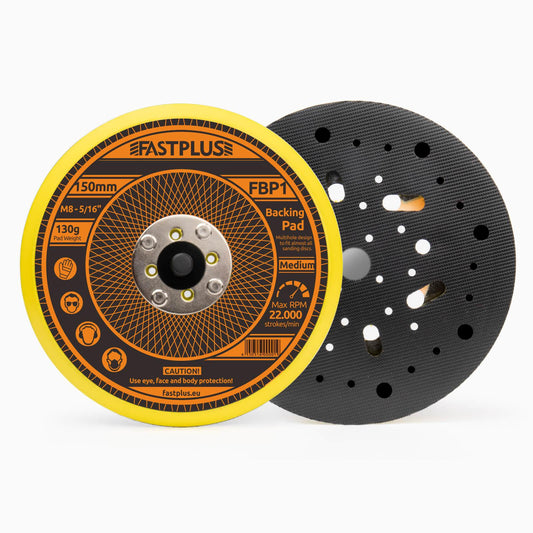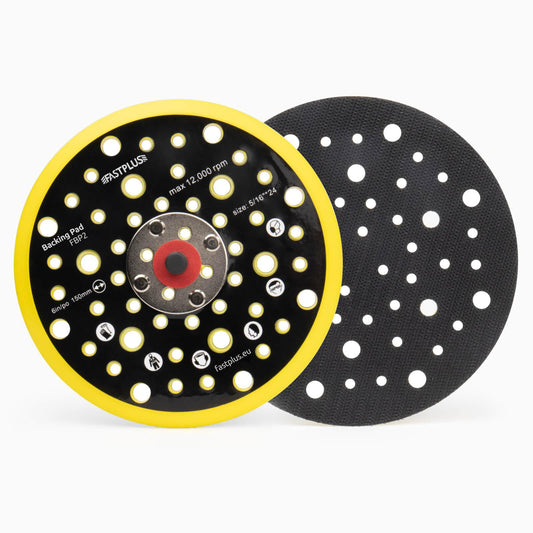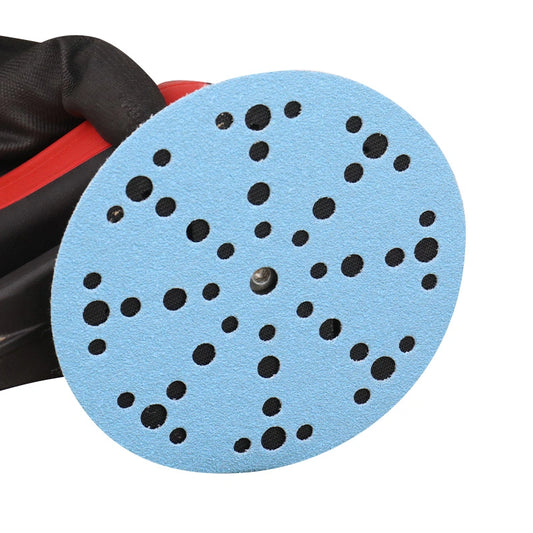
Choosing the Right Sandpaper for Finishing 3D Prints: A Comprehensive Guide
3D printing has changed how we make things, turning digital designs into real objects accurately and easily. It works by adding one layer on top of another until the object is complete. But this method leaves lines on the object's surface, making it look less smooth. To fix this, we use post-processing techniques, like sanding. Sanding doesn't just remove lines; it also makes the surface smoother, ready for painting or coating. In this blog, the team at Fastplus Abrasives will discuss different types, sizes of grit, and techniques designed specifically for perfecting 3D prints. Whether you're a hobbyist or a professional, grasping the intricacies of sanding can enhance the quality and refinement of your prints.
Understanding 3D Print Materials

Common 3D Printing Materials
PLA (Polylactic Acid): PLA stands out for its simplicity and eco-friendliness, making it a top choice for many 3D printing enthusiasts. Its low melting point and minimal warping make it perfect for beginners and a wide array of projects.
ABS (Acrylonitrile Butadiene Styrene): ABS is renowned for its toughness and resistance to impacts, commonly employed in functional prototypes and engineering tasks. However, its higher printing temperatures and tendency to warp can pose challenges during both printing and finishing stages.
PETG (Polyethylene Terephthalate Glycol): PETG strikes a balance between PLA's ease and ABS's durability, earning it recognition in the 3D printing community. Its strong layer bonding and limited shrinkage render it suitable for functional prints and visually appealing models alike.
Characteristics of Each Material and Their Impact on Finishing
Surface Smoothness: Different materials exhibit varying levels of surface smoothness straight off the printer, affecting the amount of sanding required for a polished finish.
Layer Adhesion: The cohesion between printed layers differs among materials, influencing how effectively sanding can blend layer lines and imperfections.
Warping and Shrinkage: Materials with higher susceptibility to warping or shrinkage may require additional sanding to correct distortions and achieve desired dimensions.
Compatibility with Sandpaper: Certain materials may respond differently to specific types of sandpaper, necessitating careful consideration when selecting abrasives for finishing.
Why Sanding is Necessary for 3D Prints
Sanding plays a vital role in the finishing process of 3D prints, primarily by addressing several key imperfections inherent in the printing process:
Removal of Layer Lines: 3D printing involves building objects layer by layer, resulting in visible ridges and lines on the surface. Sanding smooths these imperfections, creating a uniform finish.
Enhancing Surface Quality: Printed objects often exhibit rough surfaces due to the layering process. Sanding helps to refine the surface texture, resulting in a smoother and more professional-looking appearance.
Preparation for Painting and Finishing: Sanding provides a clean and smooth surface for painting, priming, or applying other finishing techniques. It ensures better adhesion of coatings and enhances the overall finish of the final product.
Common Imperfections in 3D Prints that Sanding Can Address
Sandpaper is a versatile tool that can effectively tackle a variety of imperfections commonly found in 3D prints as follows:
Layer Lines and Banding: Sanding helps to blend layer lines and eliminate visible banding, resulting in a seamless surface finish.
Print Infill and Support Removal: Sanding eliminates extra material left by print infill and support structures, ensuring a smooth and uniform surface.
Surface Defects: Sanding tackles issues like blobs, stringing, and warping, resulting in a smoother and more visually appealing surface finish.
Print Artifacts: Sanding effectively gets rid of artifacts such as zits, scars, and brims, leaving behind a flawless surface ready for further finishing or use.
Selecting Sandpaper for Different 3D Printing Filaments
Each filament type comes with its unique properties and challenges, necessitating specific considerations for sanding. Here's a comprehensive guide on selecting sandpaper for different 3D printing filaments:
PLA (Polylactic Acid):
PLA, or Polylactic Acid, is extensively utilized in 3D printing due to its user-friendly nature and eco-friendliness. When sanding PLA prints, it's crucial to begin with a moderately coarse grit to efficiently eliminate layer lines. A grit of approximately 120 to 180 is advised for initial sanding. Since PLA sands relatively smoothly, transitioning to finer grits like 320 or 400 will produce smoother outcomes, particularly if the print is intended for painting or other finishing methods.
ABS (Acrylonitrile Butadiene Styrene):
ABS, which stands for Acrylonitrile Butadiene Styrene, is renowned for its toughness and resilience against impacts. However, sanding ABS can pose challenges compared to PLA. ABS is sensitive to heat, so excessive friction during sanding may cause melting or warping. To sand ABS safely, it's crucial to use lower grits cautiously to avoid generating excessive heat. Starting with grits around 80 to 120 can effectively remove layer lines and imperfections without risking overheating the material. Some creators also opt to sand ABS using acetone vapor to smooth prints, but this method requires caution and proper ventilation due to the fumes emitted by the chemical.
PETG (Polyethylene Terephthalate Glycol):
PETG, which stands for Polyethylene Terephthalate Glycol, provides a blend of PLA's ease and ABS's toughness, making it favored for many uses. When sanding PETG prints, it's crucial to keep its strength and flexibility in mind. Like with PLA, starting with a grit of about 120 to 180 can smooth out layer lines and rough areas effectively. However, due to PETG's resilience, using sharper grits like 320 or 400 might be preferable for achieving smoother finishes.
Nylon:
Nylon filaments are celebrated for their strength and resilience, necessitating more vigorous sanding than other materials. When sanding nylon prints, it's recommended to begin with rougher grits, like 80 or 120, to effectively address its sturdy surface. Advancing to finer grits such as 220 or 320 can then refine the surface and produce smoother outcomes. Because of its toughness, nylon may need longer sanding periods to attain the desired level of smoothness.
Flexible Filaments (TPU, TPE):
Sanding flexible filaments like TPU (Thermoplastic Polyurethane) or TPE (Thermoplastic Elastomer) is typically discouraged because of their elastic nature. Sandpaper might tear or snag on these materials, resulting in uneven or damaged surfaces. Instead, alternative finishing methods such as chemical smoothing or employing foam discs may be better options for refining the surface of flexible prints.
Alternative Finishing Techniques
In addition to sanding, there are several alternative methods available for achieving a smooth finish on 3D prints:
Sandable Primer/Filler:
Sandable primers or fillers are often applied to fill gaps and hide layer lines on 3D prints prior to sanding. These products are directly applied to the print's surface and can be sanded to achieve a smooth and consistent finish. Sandable primers are especially handy for filling minor imperfections and prepping the surface for painting or other finishing methods.
Chemical Smoothing (Acetone Vapor Bath):
Chemical smoothing, like acetone vapor baths, is mainly used for ABS prints. When ABS prints are exposed to acetone vapor, the surface dissolves slightly, creating a smooth and glossy finish. This method effectively hides layer lines and imperfections, creating a seamless surface without sanding. However, it's crucial to be careful and ensure proper ventilation when using acetone because it's flammable and emits fumes.
Vapor Smoothing Pens:
Vapor smoothing pens are handheld tools designed for selectively smoothing areas of ABS prints. These pens work by dispensing a controlled amount of solvent onto the surface of the print, which then evaporates, smoothing out imperfections. Vapor smoothing pens offer precision and convenience, allowing users to target specific areas without affecting the rest of the print. While not as comprehensive as vapor baths, vapor smoothing pens provide a quick and effective alternative for achieving a smooth finish on ABS prints.
Stock Up On The Abrasives You Need To Sand 3D Prints
Fastplus Abrasives offers a wide range of high-quality sandpaper and abrasive products designed specifically for finishing 3D prints. Whether you're working with PLA, ABS, PETG, or other filaments, Fastplus Abrasives has the perfect abrasives to meet your needs. From coarse grits for removing layer lines to fine grits for achieving a smooth finish, our abrasives ensure precision and consistency in your sanding process.



